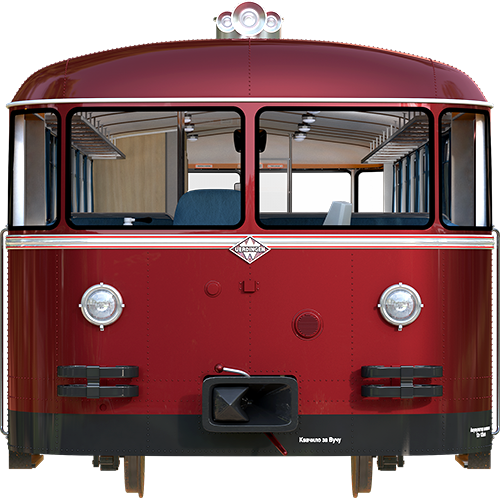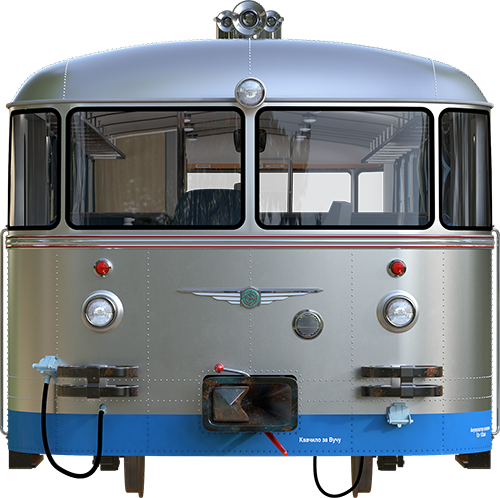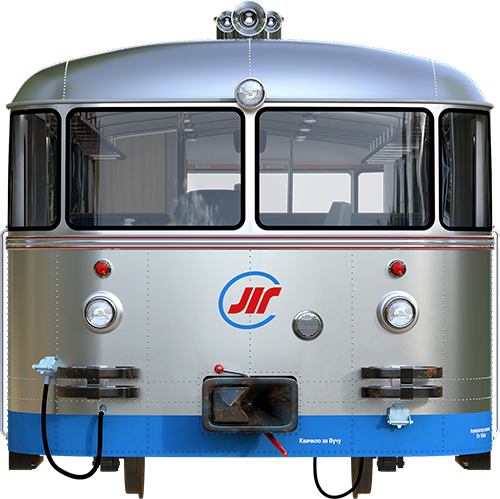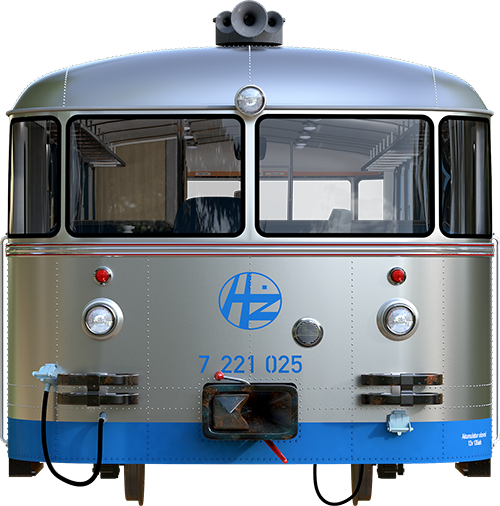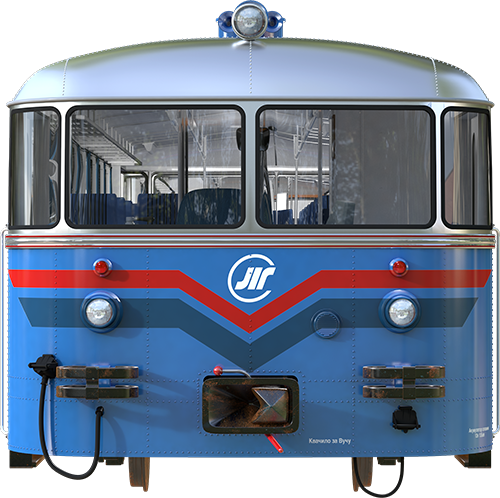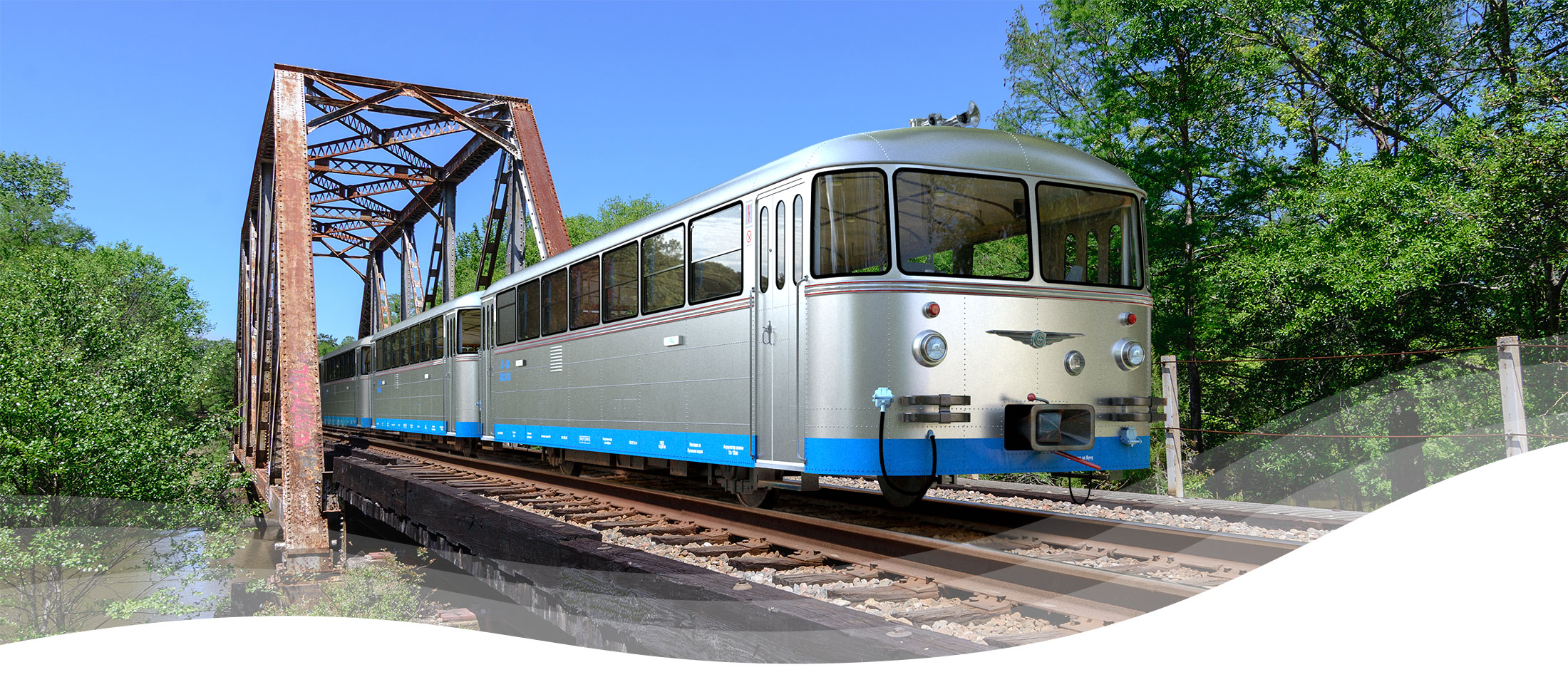
Šinobus (Railbus)
The JŽ/ŽS series 812, famously known as “Šinobus,” were diesel passenger trains manufactured in the Goša wagon factory in Smederevska Palanka from 1959 to 1969, under a license from the German company Uerdingen. A total of 270 sets were produced, replacing steam locomotives on local railroads in Yugoslavia during the 1960s and early 1970s. Many of these Šinobus sets were retired due to age, while the remaining ones were gradually replaced by DMV-711 sets by Serbian Railways starting in March 2012. Among railroad enthusiasts, the Šinobus is considered one of the most beloved rail vehicles in the area. It remained in service until February 2016.
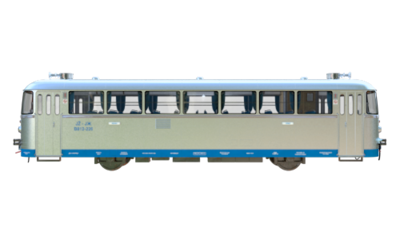
Use your mouse or trackpad to navigate. Click and drag to move left, right, up, or down and explore the entire scene. You can zoom in on the panoramic view using the mouse wheel or trackpad gestures.
Origin and Production

The basic composition of the set consists of motor and trailer cars. Motor cars are equipped with a four-stroke Büssing U10 diesel engine capable of reaching a maximum speed of 90 km/h. Power transmission is mechanical with torque converter torque transmission. The mechanical gearbox has 6 gears. In imported series, the brakes are of the Knorr air type, and only motor cars from 051 onwards are equipped with railway brakes. Up to 4 sets can operate synchronously, starting from serial number 039.
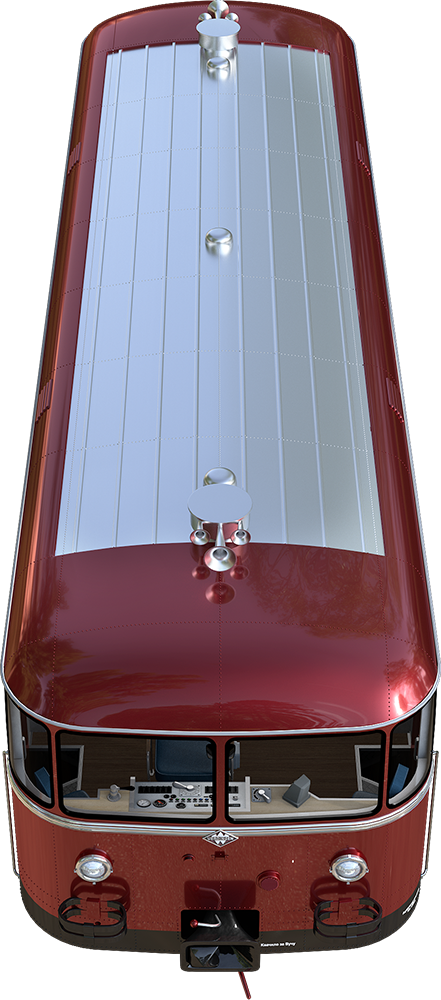
Name
![]()
